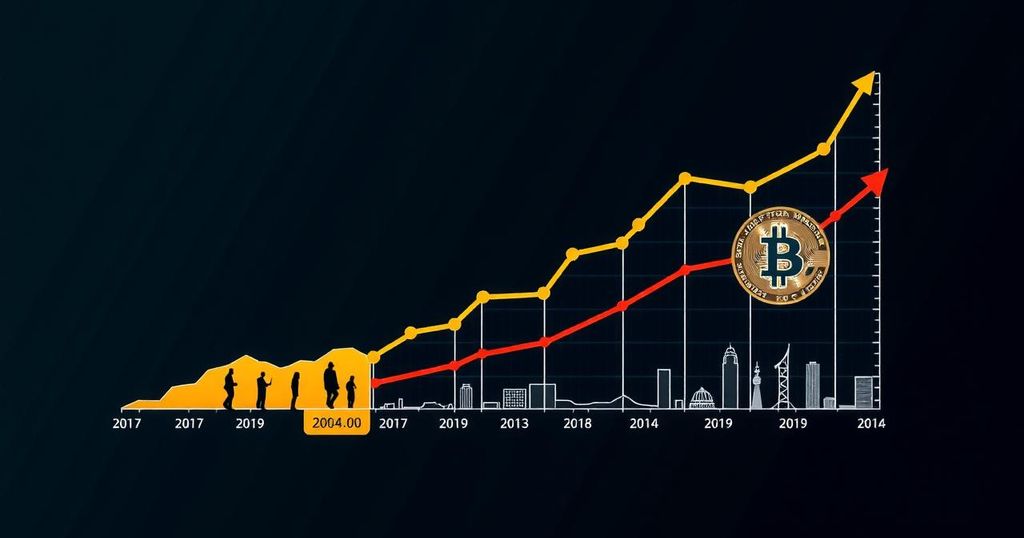Bitcoin Dominance Reaches 56% as Long-Term Holders Continue to Accumulate
Bitcoin’s dominance in the cryptocurrency market has escalated remarkably, achieving a commanding 56% of the total market capitalization. This noteworthy increase is particularly striking when contrasted with its 38% share recorded in November 2022, as reported in the latest weekly analysis by Glassnode.
This shift indicates a fundamental change in market dynamics, with capital increasingly directed towards Bitcoin amidst prevailing uncertainties in the digital currency landscape. Long-Term Holders (LTHs) have exhibited unwavering confidence, continuing to accumulate Bitcoin regardless of recent price fluctuations. Their commitment reflects a robust belief in the asset’s enduring value.
The Glassnode report elucidates that “Capital continues to flow down the risk curve, leading to a significant expansion in Bitcoin dominance,” highlighting the perceived safety of Bitcoin in comparison with other cryptocurrency assets. In contrast, the greater cryptocurrency market, inclusive of Ethereum and various altcoins, has witnessed a downturn in dominance. Specifically, Ethereum’s market share has experienced a slight reduction of 1.5%, while stablecoins and altcoins faced more substantial declines of 9.9% and 5.9%, respectively. This pattern presents a stark contrast to Bitcoin’s strengthening position.
Notably, despite these shifts, Bitcoin, Ethereum, and stablecoins have all recorded net positive capital inflows. This trend underscores that, despite the overall market contraction following the all-time highs in March 2024, these key assets continue to capture investor interest, with Bitcoin leading the way. Amid the market’s volatility, Long-Term Holders have managed to secure average daily profits of approximately $138 million. This consistent sell-side pressure is counterbalanced by adequate capital inflows, thereby maintaining Bitcoin’s price stability.
The report further indicates a potential decline in aggressive profit-taking behaviors among Long-Term Holders, which may contribute to the stabilization of the market. On the other hand, Short-Term Holders (STHs) have faced significant challenges in this recent market downturn, with many realizing losses during the market corrections. The analysis suggests that the magnitude of these losses may reflect an overreaction, a phenomenon often observed in markets influenced by emotional trading behaviors.
Looking ahead, the upcoming Benzinga Future of Digital Assets event scheduled for November 19 is anticipated to explore these dynamics in greater depth, offering valuable insights into how Bitcoin’s escalating dominance may influence the future of the digital assets market.






Post Comment